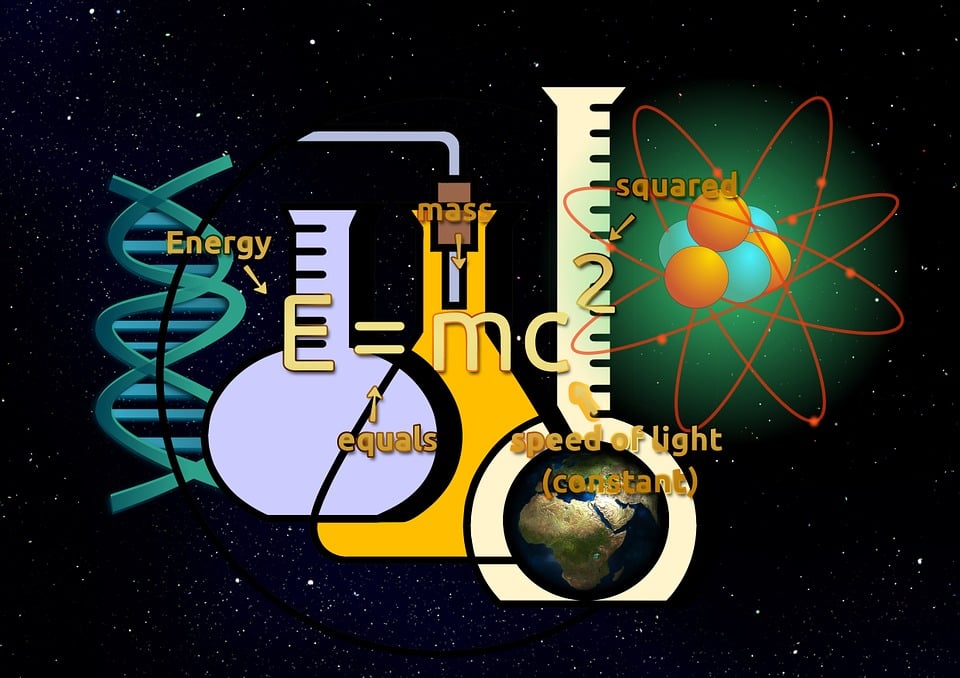How would you navigate the complex interface between the realms of physics and biomedical sciences if tasked with addressing a multifaceted health challenge? The interplay of these fields may initially seem incongruous; however, upon closer examination, one discovers an intricate tapestry of applications where physical principles elucidate biological phenomena. In this exploration, we shall delve deeply into the myriad ways physics underpins the life sciences, catalyzing advancements in diagnostics, therapeutics, and research methodologies.
First, it is imperative to acknowledge the foundational role of biophysics. Biophysics employs quantitative physical methods to decipher biological processes and systems at molecular and cellular scales. This interdisciplinary field harnesses principles from mechanics, thermodynamics, electromagnetism, and quantum mechanics to elucidate the intricate behaviors of biomolecules. For instance, the interactions of proteins, nucleic acids, and membranes can be understood through the lens of physical chemistry, revealing insights into enzymatic activity, signal transduction, and genetic regulation. Such frameworks enable researchers to predict molecular dynamics and develop targeted therapies for various diseases.
Moreover, the utilization of medical imaging modalities exemplifies the pivotal application of physics in biomedical sciences. Imaging techniques such as Magnetic Resonance Imaging (MRI), Computed Tomography (CT), and Positron Emission Tomography (PET) all hinge on physical principles. MRI, for example, exploits the properties of nuclear magnetic resonance to yield high-resolution images of soft tissues, thereby enhancing diagnostic accuracy in conditions such as tumors and neurodegenerative disorders. The challenge lies in improving image resolution and processing speed, enabling clinicians to make rapid and informed decisions.
Furthermore, the advent of ultrasound technology, which operates on the principles of sound wave propagation, allows for non-invasive observation of internal bodily structures. It effectively aids in prenatal screenings, cardiac evaluations, and even therapeutic interventions. By manipulating frequencies and wave parameters, physicians can derive both anatomical and functional information, exemplifying the practical integration of physics in real-time quantitative assessments of health.
Another captivating intersection can be found in the realm of biomechanics. This branch applies physical principles to analyze the mechanics of biological systems. For instance, understanding the forces exerted by muscles and bones during human movement prompts the optimization of orthopedic devices and rehabilitation strategies. Sophisticated modeling techniques quantify gait dynamics, assisting physiotherapists in devising personalized exercise regimens. The challenge here encompasses not only the accuracy of biomechanical models but also their ability to generalize across varied populations with different physical attributes and health conditions.
Additionally, the field of bioinformatics leverages computational physics to manage and decipher biological data. By employing algorithms grounded in physics to model complex biological systems, researchers derive significantly better insights from genomic, proteomic, and metabolomic data. For example, machine learning approaches, which are inherently mathematical and physical in nature, can analyze vast datasets to identify biomarkers for diseases, improving patient stratification and personalized medicine approaches. Yet, the challenge persists in ensuring the reproducibility and interpretability of these models, as overfitting remains a significant concern in data-rich environments.
Physics also plays a vital role in the development of drug delivery systems. The transport phenomena dictate how drugs disseminate within biological tissues, which is critical for therapeutic effectiveness. Techniques such as nanoparticle platforms leverage principles of transport dynamics and materials science to develop targeted, controlled-release formulations. A prime challenge involves achieving optimal delivery efficiency while minimizing toxicological concerns. Thus, interdisciplinary collaboration between physicists, chemists, and biologists becomes paramount in overcoming such hurdles.
Additionally, the burgeoning field of therapeutic ultrasound is indicative of physics’ impact on treatment modalities. High-intensity focused ultrasound (HIFU) utilizes precise acoustic energy to ablate tissue non-invasively, presenting a promising technique for treating cancers and other localized pathologies. This area poses both promise and challenge; meticulous calibration of parameters, such as frequency and intensity, is essential to ensure tissues are effectively targeted while simultaneously preserving adjacent healthy structures.
As we probe further into the intricate relationship between physics and biomedical sciences, the realm of nanotechnology emerges as a crucial domain. Nanoscale materials exhibit unique properties, derived from quantum mechanics, that can be harnessed for a variety of biomedical applications ranging from imaging agents to therapeutic delivery systems. However, challenges persist in the translation of nanoscale innovations from laboratory settings to clinical applications, as issues pertaining to biocompatibility and regulatory approval require thorough investigation.
In conclusion, the synergy between physics and biomedical sciences not only enhances our understanding of complex biological systems but also drives innovation in health diagnostics and treatments. The ever-evolving landscape of medical challenges continually beckons physicists to question existing paradigms and seek creative solutions. As burgeoning advancements inch toward overcoming present-day challenges, the union of these disciplines will fundamentally redefine the future of medicine, creating a harmonious convergence of theoretical knowledge and practical application. The question remains: how can we further intertwine these fields to foster even more profound discoveries and applications? Only time will reveal the answers as we stride into a new era of scientific exploration.












